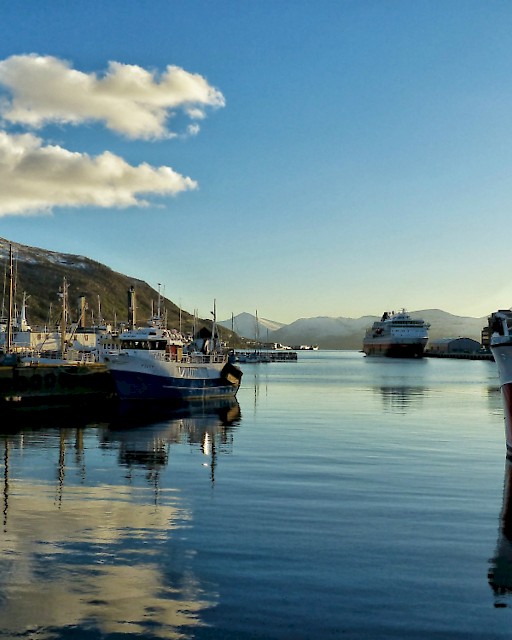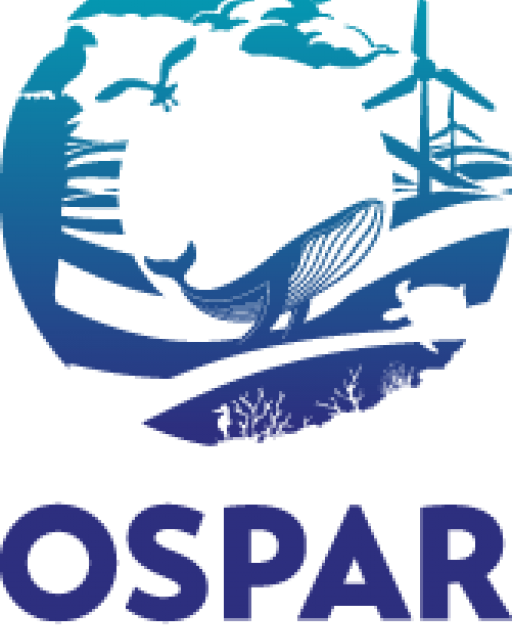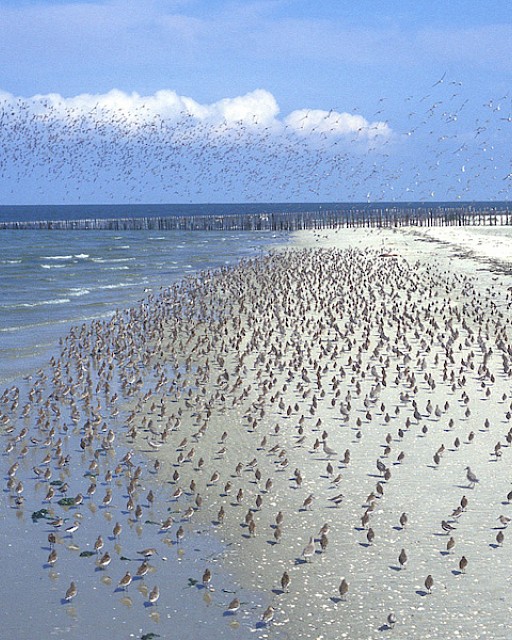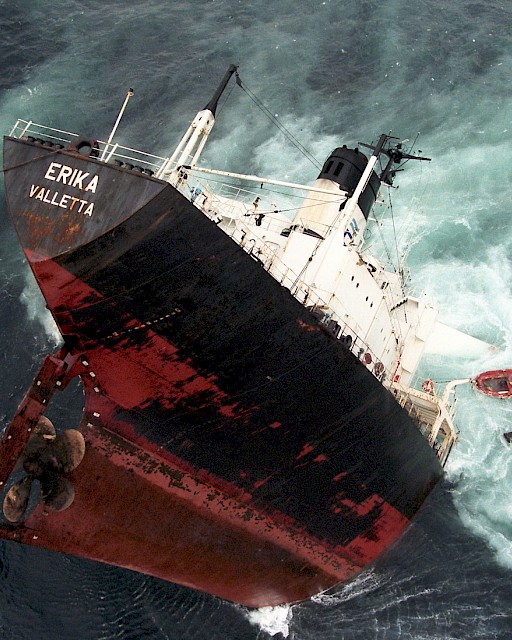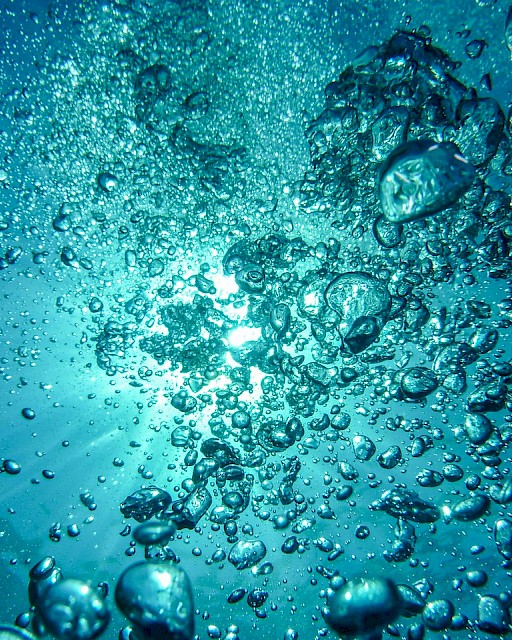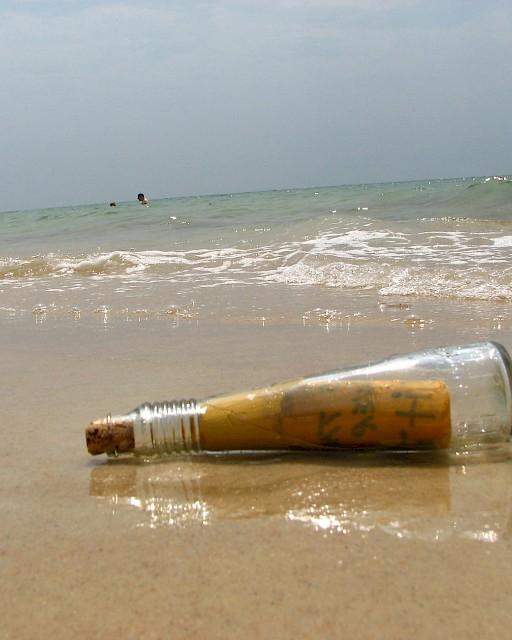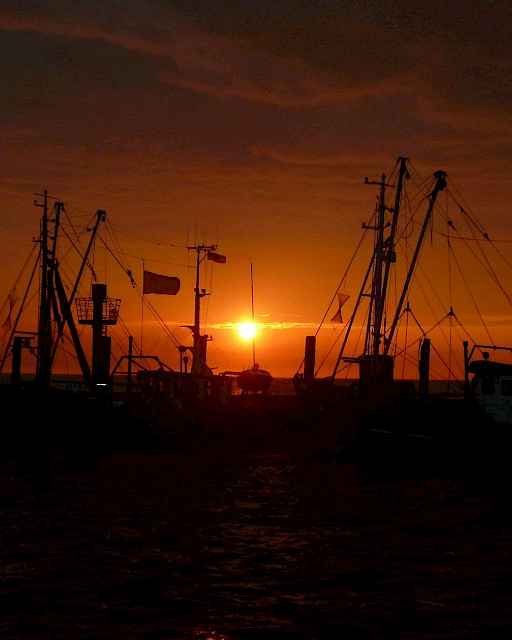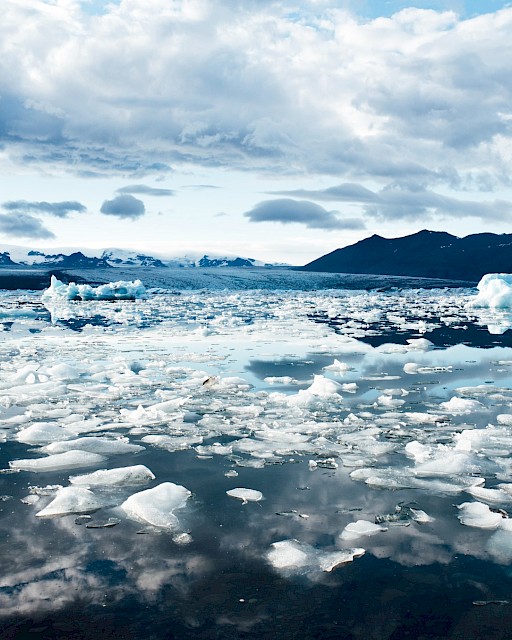Arctic Outcomes Working Group (AOWG)
 The mandate of OSPAR is set out in the OSPAR Convention, which places a general obligation on its Contracting Parties to take measures to tackle pollution and protect the OSPAR Maritime Area against the adverse effects of human activities. The Arctic Outcomes Working Group (AOWG), co-convened by Sara Viljanen (Finland) and Oliver Ó Cadhla (Ireland), was established in 2022 to deliver the OSPAR Commission’s 2022-2025 Arctic Outcomes Roadmap, which sets out the steps considered necessary to support the OSPAR Commission’s commitment to protect the Arctic marine environment in the OSPAR Maritime Area.
The mandate of OSPAR is set out in the OSPAR Convention, which places a general obligation on its Contracting Parties to take measures to tackle pollution and protect the OSPAR Maritime Area against the adverse effects of human activities. The Arctic Outcomes Working Group (AOWG), co-convened by Sara Viljanen (Finland) and Oliver Ó Cadhla (Ireland), was established in 2022 to deliver the OSPAR Commission’s 2022-2025 Arctic Outcomes Roadmap, which sets out the steps considered necessary to support the OSPAR Commission’s commitment to protect the Arctic marine environment in the OSPAR Maritime Area.
Image: OSPAR Maritime Area. Region I: Arctic Waters; Region II: Greater North Sea; Region III: Celtic Seas; Region IV: Bay of Biscay and Iberian Coast; Region V: Wider Atlantic. Credit: OSPAR Commission.
Arctic marine environment in the OSPAR Maritime Area
Region I is the most northerly of the OSPAR Regions and constitutes approximately 40% of the OSPAR Maritime Area. It is characterised by a relatively harsh climate with extreme variations in light, temperature, and ice cover. The ice and ice-melt have a large influence on ecological conditions. The melting of the ice in spring and summer typically coincides with a sudden increase in light and a resultant burst of plant growth in the form of an ice edge bloom. This supports large populations of fish, marine mammals, and birds.
OSPAR's mandate
At the last OSPAR Ministerial meeting, which took place in 2021 in Portugal, OSPAR Ministers signed the Cascais Ministerial declaration, which ‘[…] recognises the unique biodiversity of the Arctic, part of the OSPAR maritime area and commit to protect the Arctic marine environment, including through collaboration with other relevant organisations, such as the Arctic Council and the International Maritime Organisation.’ The Declaration supports the relevant objectives under the North-East Atlantic Environment Strategy, including those concerning area-based conservation measures such as marine protected areas (MPAs) and other effective area-based conservation measures (OECMs). Following this Declaration, the OSPAR Commission met in June 2022 and adopted a 2022-2025 Roadmap to support the delivery of this commitment.
For more information about OSPAR’s Arctic Outcomes Roadmap Process, you can contact the OSPAR Secretariat ([email protected]).
 Image: © Shutterstock.com
Image: © Shutterstock.com
Supplementary Information
Key Milestones from the Arctic Outcomes Roadmap
The key milestones from the Arctic Outcomes Roadmap include:
OSPAR Ministerial Meeting (October 2021) |
|
OSPAR Commission (June 2022) |
|
Preparatory Work (October – November 2022) |
|
Online Briefing (28 November 2022) |
|
Strengthening the Evidence Base (December 2022 – May 2023) |
|
OSPAR Commission (June 2023) |
|
Workshop (Autumn 2023) |
|
Strengthening Initial OSPAR Proposals (September 2023 – May 2024) |
|
OSPAR Commission (June 2024) |
|
OSPAR Commission (June 2025) |
|
Links to AOWG meetings
Links to past AOWG meetings. Please note that whilst the summary records of meetings are published on the website, meeting docuents are only accessible to official Contracting Parties and observers to the OSPAR Convention and will therefore not be accesssible to outside parties.
https://www.ospar.org/meetings/archive/arctic-outcomes-working-group
https://www.ospar.org/meetings/archive/arctic-outcomes-working-group-1
Terms of reference for AOWG
The scope of OSPAR's Arctic Outcomes Working Group is set out in its Terms of Reference

